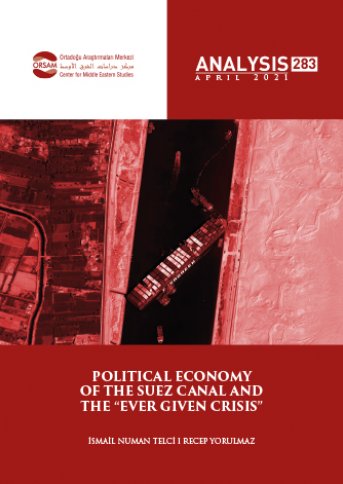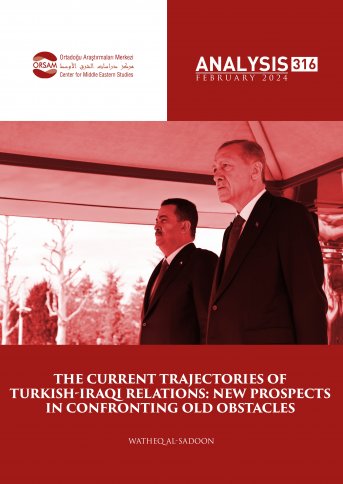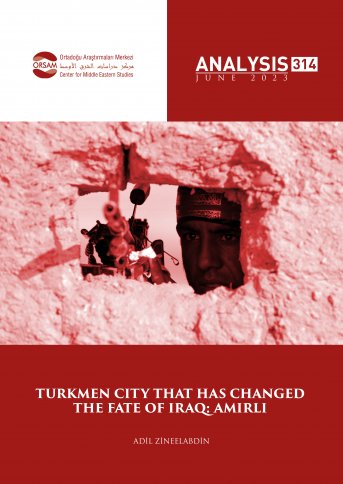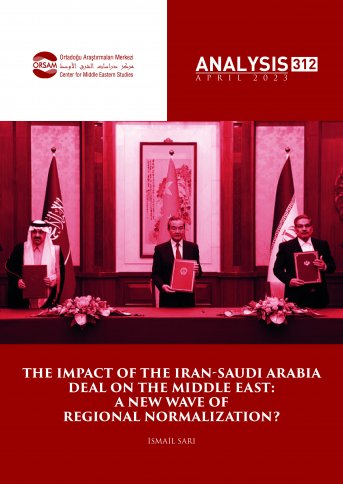
Political Economy of the Suez Canal and the “Ever Given Crisis”
Initially promoted to reduce distances between countries in terms of time and cost, canals have emerged over time as the main arteries of global trade. While 2.6 billion tonnes were transported by sea in the 1970s, this rate has steadily increased, reaching 10.7 billion tonnes in 2017 and exceeding 11 billion tonnes in 2019. Maritime transport is currently the backbone of global trade and economy, which accounted for around 80% of international trade by volüme and more than 70% by value in 2017 alone.
As the main arteries of world trade, sea routes have made it possible to trade almost all goods, especially oil and its derivatives, on international markets. Moreover, they have also brought, through canals and straits, direct economic benefits to the countries concerned. With the development of maritime trade, the passages used in international trade have become more important than those used in regional trade between neighboring countries. The Bosporus, the Strait of Gibraltar, the Strait of Malacca, the Panama Canal, the Strait of Hormuz, the Bab-el-Mandeb, and the Suez Canal can be considered as the seven most important transit points for world trade. Known as the world’s most crucial oil route, the Strait of Hormuz is located between the Gulf of Oman and the Persian Gulf. This strait accounts for about a quarter of the world’s seaborne-traded oil and a third of liquefied natural gas. The Strait of Malacca, an 805-kmlong strait between Peninsular Malaysia and the Indonesian island of Sumatra, is one of the busiest shipping routes with about 40% of global trade passing through. More than 100,000 ships pass through this strait every year. In addition to natural straits, the Panama Canal and the Suez Canal also occupy a significant place in global trade due to their location. The 80-km-long Panama Canal, which connects the Atlantic and the Pacific, accommodates about 5% of world trade with 14,000 transits every year. And the last crossing point worth mentioning is the Suez Canal, which connects the Mediterranean Sea with the Red Sea. With a share of about 12% in world trade in 2020, more than 18 thousand ships passed through this canal.
Among these, the Bab-el-Mandeb and the Suez Canal are considered as the most important transit points from a geostrategic point of view. Indeed, the Bab-el-Mandeb and the Suez Canal are the entrance and exit points of the Red Sea, which is the main trade route from the Persian Gulf and Asia to the West.
The Suez Canal makes Egypt a strategically important country in terms of both regional and global economy and politics. Holding the rights of passage through the Suez Canal, Egypt not only receives economic revenue from the canal but also exploits the strategic value of this canal in its relations with regional and global actors.








